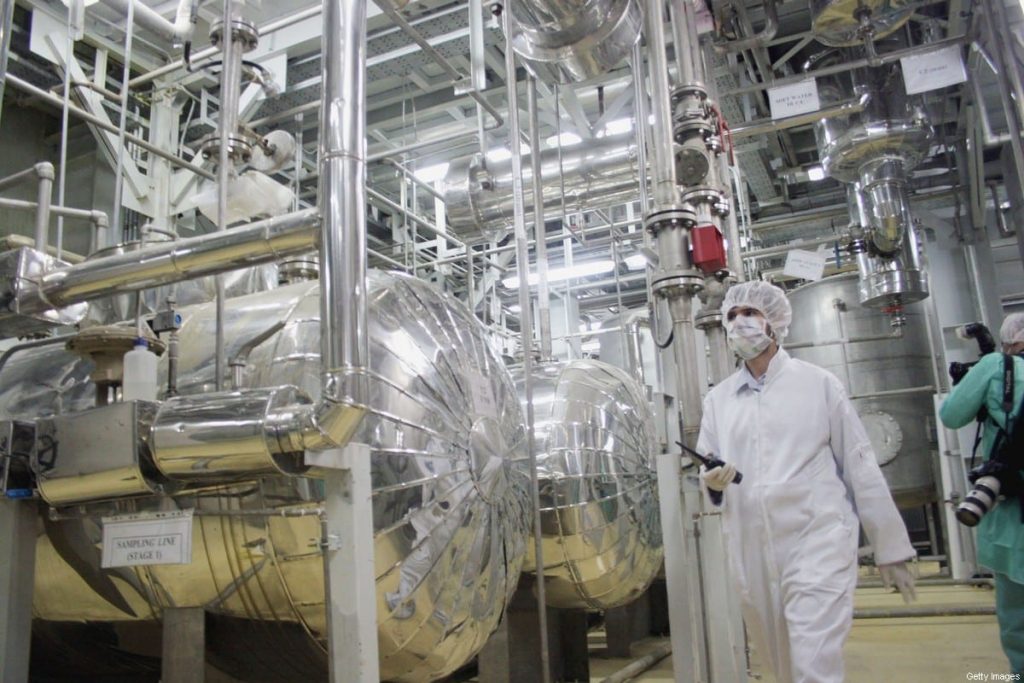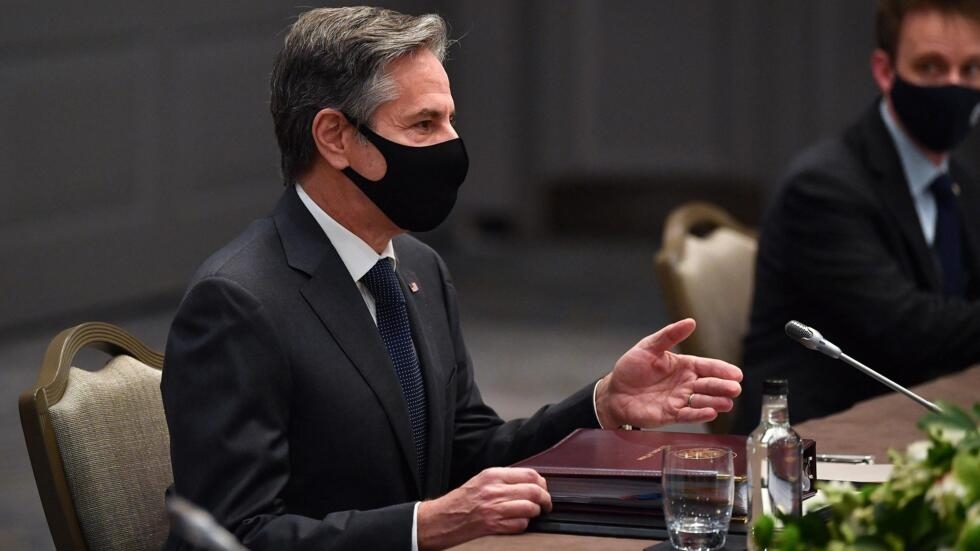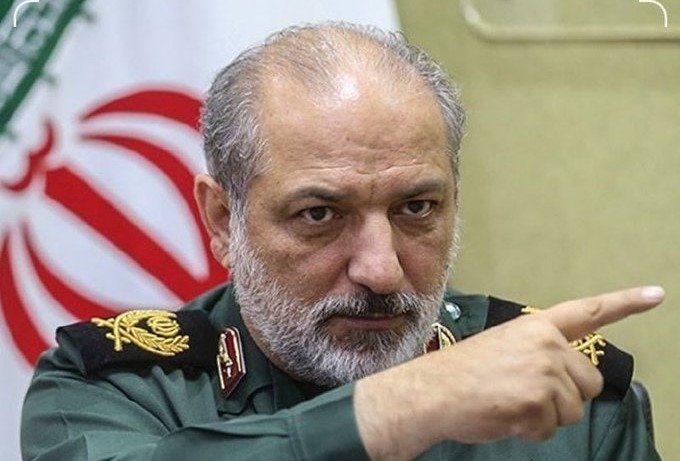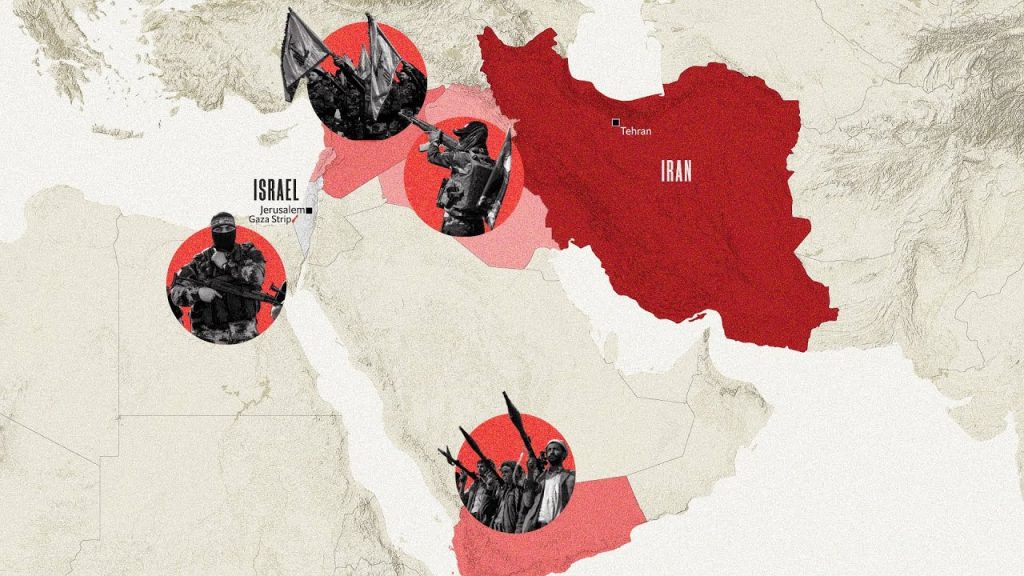The escalating tensions have raised fears of Nuclear War in West Asia region, sparking concerns and uncertainty among global observers.
Fear of Nuclear War in West Asia
The current scenario in West Asia is reaching a critical point, with tensions intensifying to the extent that the region faces the looming specter of a possible nuclear war in West Asia. The uncertainty shrouding the situation has reverberated across global markets, leading to a notable downturn in European stocks, marking their lowest levels in more than a month. In light of the escalating tensions, airlines like Emirates and Fly Dubai have opted to redirect their flights away from Western Iran, while domestic flights within Iran have been suspended.
The United States Response
The United States has taken precautionary measures by advising its diplomatic staff in Israel to limit their movements, indicating the seriousness of the situation.
Escalating Tensions Amid Threat of Nuclear War in West Asia
The sequence of events began before the break of dawn on April 19, as reported by Iran’s state media, indicating that the nation’s air defense system successfully intercepted three quadcopter drones in close proximity to the city of Isfahan.
Isfahan, situated in central Iran, is renowned for its stunning turquoise-styled mosques and is inhabited by approximately two million residents. Isfahan houses several military installations, including a significant air base hosting Iran’s fleet of American F-14 Tomcats acquired prior to the 1979 Revolution. Reports suggest the presence of a Russian S-300 missile system in Isfahan. The city is also associated with facilities related to Iran’s drone program and other crucial military production sites.

Quadcopter Strikes Heighten Nuclear War Fears in the West Asia
The drone attacks on critical Iranian facilities, like the ones in Isfahan, add to the growing fears of Nuclear War in West Asia. In January 2023, a quadcopter drone attack targeted a facility in Isfahan. The responsible party for the attack remains undisclosed, with Israel neither claiming nor commenting on the incident. However, it appears that quadcopters have emerged as a preferred tool for Israel in its operations against Iran.
In February 2022, Israel launched a strategic military operation by deploying six quadcopter drones into Iran. The target of this operation was a drone manufacturing facility in Iran’s Kermanshah city, resulting in the destruction of several Iranian drones. This incursion follows a similar attack in 2021 on Isfahan, where another drone manufacturing facility was targeted.
The escalating drone warfare and its proximity to nuclear-related sites, like the Natanz Uranium enrichment plant and the Uranium conversion facilities in the Zardanjan area near Isfahan, highlight the potential risks of further military escalation. Given these developments, the specter of Nuclear War in West Asia looms over the region, with concerns about possible future attacks aimed at critical nuclear infrastructure or retaliation that could trigger a broader conflict.

Reports indicate three significant explosions near the Isfahan airport and the Shakari army base, prompting questions about the impact on the nuclear facilities. Iranian officials have assured of the security of the nuclear sites, a statement corroborated by the International Atomic Energy Agency (IAEA), confirming no damage to Iran’s nuclear infrastructure.
The motive behind the attack remains speculative, with speculations ranging from a limited strike to symbolic retaliation or a retaliatory action.
Iran’s Attack on Israel’s Nevatim Airbase
On the 13th of April 2024, Iran’s targeted attack on Israel’s Nevatim airbase, a crucial site housing America’s F-35 jets, has heightened concerns of escalating conflict in the region.

After Israel’s April 19 attack on the Isfahan airbase, which houses Iran’s F-14 Tomcat fighter jets, raise questions on Iran, speculations arise whether Israel’s motive was to showcase its capability to inflict damage on an equivalent Iranian base in a tit-for-tat confrontation.
American media reports quoting Israeli officials allude to the intention of the attack being a deliberate messaging tactic towards Iran.
Intrigue Surrounding the Attack
The infiltration of Israeli forces deep into Iranian airspace raises important questions about the operational details and the ability to evade detection. The silence from the US Secretary of State, Anthony Blinken, at the G7 meeting in Italy adds to the mystery surrounding the incident, with indications of a last-minute warning from Israel to the United States.

What happens Next?
Amid escalating tensions, the question arises: Will Iran strike back? A member of the Iranian parliament conveyed a strong message, declaring Iran’s preparedness to defend its nation fervently.
Is Iran building a Nuclear Weapon?
A senior Iranian commander, Ahmed Haqtalab, responsible for nuclear security, made alarming statements about the potential development of a nuclear bomb. This revelation, coupled with Iran’s willingness to reassess its nuclear doctrine, marks a significant departure from previous stances. Although Western concerns about Iran’s nuclear program persist, Iran maintains it lacks the intention to possess or build nuclear weapons.

The recent unveiling of threats in the Iran-Israel proxy conflict unveils a dangerous precedent. The Iranian official’s bold declaration, including the identification of Israeli nuclear sites for potential retaliation, adds fuel to the already tense situation.
As global apprehension mounts, with airlines like Lufthansa and Swiss suspending flights to Iran, the world braces for what comes next. Will this lead to full-scale war? with Iran’s strategic acumen in calibrated warfare playing a pivotal role. Understanding the risks of a fatal misstep leading to widescale war, Iran navigates the delicate balance, recognizing the disparity in rearmament capabilities post war, a factor that may deter Iran from escalating towards all-out war.
Iran’s Strategic Shift: From Proxy Warfare to Nuclear Ambitions
Iran’s strategic approach centers on its readiness for an all-out war, leveraging its axis of resistance with proxies in Lebanon, Syria, Iraq, and Yemen. By arming and empowering these proxies, Iran has cultivated a network capable of inflicting damage on Israel without engaging in full-scale conflict. However, the dynamics shifted following the April 1 attack on the Iranian Consulate in Damascus, signaling a potential shift in Iran’s tactics.

Challenging the Nuclear Balance
The current situation raises concerns about the potential for “Nuclear War in West Asia.” Even without an immediate escalation to all-out war, the events of the past 20 days could significantly impact the region, especially regarding Iran’s nuclear program. Israel, already a nuclear-capable state, faces new challenges as recent developments suggest Iran’s intention to pursue its nuclear ambitions. This shift in the power dynamic implies a move away from international agreements like the JCPOA, increasing the risk of nuclear war in West Asia.
The Path to Nuclear Armament
Iran’s potential path towards nuclear armament poses a complex challenge. While developing a nuclear bomb is a formidable task requiring time and resources, recent events hint at Iran’s inclination towards this dangerous course. The specter of a nuclear arms race looms over West Asia, transcending the immediate threat of all-out war to usher in a new era fraught with heightened risks and uncertainties.
Escalation Towards Nuclear War in West Asia
The ramifications of Iran’s strategic shift extend beyond regional conflicts, setting the stage for a perilous escalation towards nuclear war in West Asia. As Iran steers towards potential nuclear armament, the balance of power in the region faces unprecedented challenges, marking a critical juncture in the tumultuous geopolitical landscape of West Asia.
 Arab24 اخر اخبار الوطن العربي
Arab24 اخر اخبار الوطن العربي

